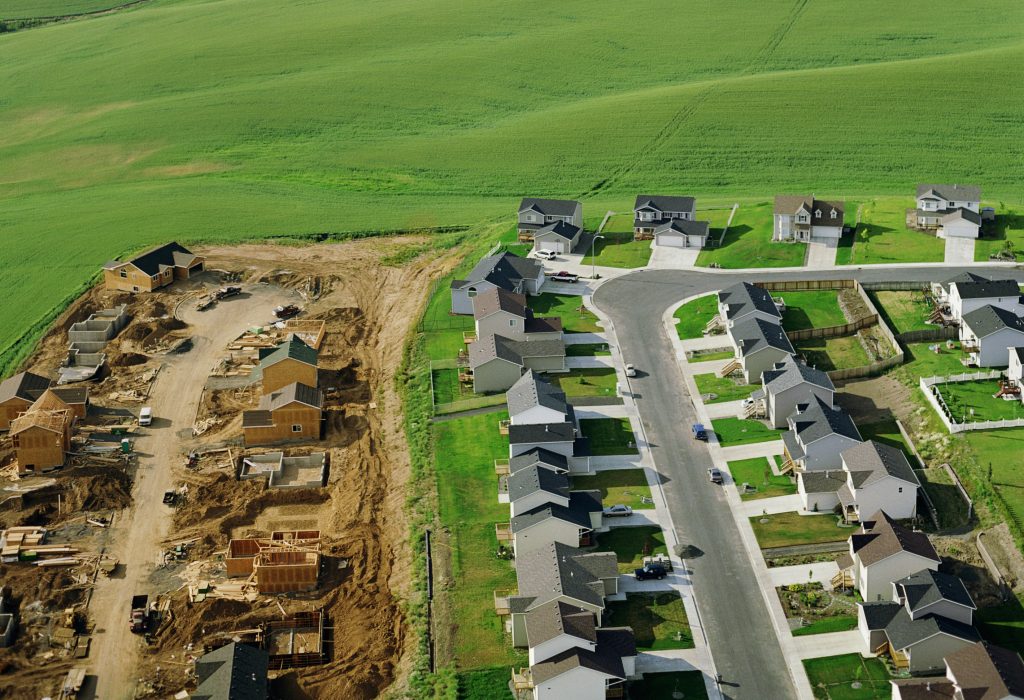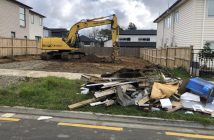The Government’s new policy statement aims to protect the country’s most productive farmland from residential development, but does it go too far, or not far enough?

Over the last 20 years, 170,000 hectares of highly productive land has been converted to lifestyle blocks. The National Policy Statement for Highly Productive Land (NPS-HPL) will require councils to identify, map, and manage highly productive land to ensure it’s available for growing vegetables, fruit, and other primary production.
Environment Minister David Parker says this will greatly improve the protection of highly-productive land from inappropriate subdivision, use and development.
“We need to house our people and to feed them too. Our cities and towns need to grow but not at the expense of the land that’s best suited to grow our food.”
“The NPS-HPL will help protect our best growing areas so Kiwis continue to have access to leafy greens and other healthy foods.
“Councils will be required to identify, map and manage highly productive land to ensure it’s available for growing vegetables, fruit and other primary production, now and into the future.”
Agriculture and Trade Minister Damien O’Connor says highly productive land provides food for New Zealanders, significant economic and employment benefits to communities and underpins the value of New Zealand’s primary sector.
“Our Fit for a Better World roadmap that we developed with the sector will add $44 billion over 10 years to our primary sector exports, but is dependent on maintaining access to our highly productive soils,” Damien O’Connor says.
“Today’s changes enhance protection for our highly productive land giving farmers, growers, and other food producers certainty into the future, and provide greater economic security for all New Zealanders.
“Over the last 20 years, about 35,000 hectares of our highly productive land has been carved up for urban or rural residential development, while 170,000 hectares of this land has been converted to lifestyle blocks.
“Once land is built on, it can no longer be used to grow food and fibre. That’s why we are moving to protect our most fertile and versatile land, especially in our main food production areas like Auckland, Waikato, Hawke’s Bay, Horowhenua and Canterbury,” O’Connor says.
Associate Agriculture Minister Meka Whaitiri says the Government has worked closely with local authorities, industry, growers, and Māori organisations to develop a policy that is workable and fit-for-purpose.
“This policy statement supports the sector by ensuring our best land will remain available for food and fibre production,” Whaitiri says.
The NPS-HPL sits alongside other national direction, including the National Policy Statement for Freshwater Management and the National Policy Statement on Urban Development (NPS-UD).
The NPS-HPL will work in a complementary way with the NPS-UD. Urban intensification enabled under the NPS-UD will reduce the demand for outward urban growth on highly productive land.
“This recognises that using land for primary production needs to occur within environmental limits, and ensures that all land can be used and managed to best effect,” Parker says.
“Councils, in limited circumstances, will still be able to rezone highly-productive land for urban housing if less productive land is not available, or if certain tests can be met.
“However, the NPS-HPL will introduce strong restrictions on the use of highly productive land for new rural lifestyle developments.”
The NPS-HPL will be transitioned into the two Acts replacing the Resource Management Act – the Spatial Planning Act (SPA) and the Natural and Built Environments Act (NBA).
“The work that councils will be required to do under the NPS-HPL can be transitioned with ease into the new plans required under the SPA and NBA,” Parker says.
Bioprotection Aotearoa Professor Amanda Black asks if it is too little, too late.
“The release of a NPS on highly productive land at least is an acknowledgement of the national importance that this issue has and the impact that continued loss has for our own food security, the wider Pacific food security and, of course, income from export.
“My concern is that it will take at least 3.5 years to really implement and it relies heavily on coordination between authorities. While it comes into effect on the 17th October 2022, any land already marked for subdivision will still go ahead.
“There are also a number of exceptions to protecting highly productive land that begs the questions: will the NPS be able to adequately protect our future food supply?”
The National Policy Statement for Highly Productive Land 2022: https://environment.govt.nz/publications/national-policy-statement-for-highly-productive-land






